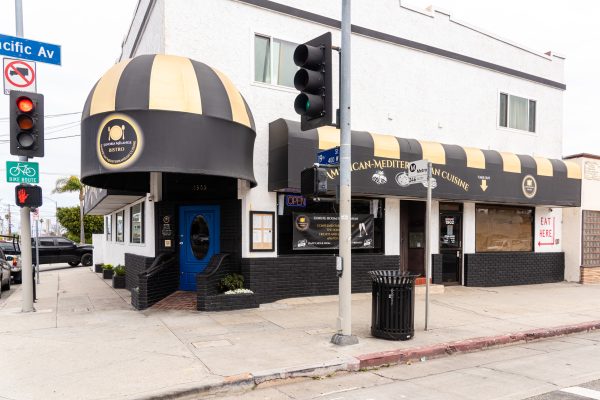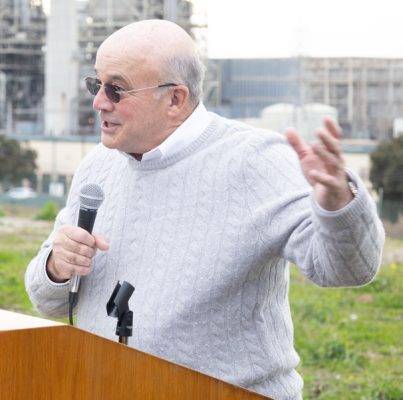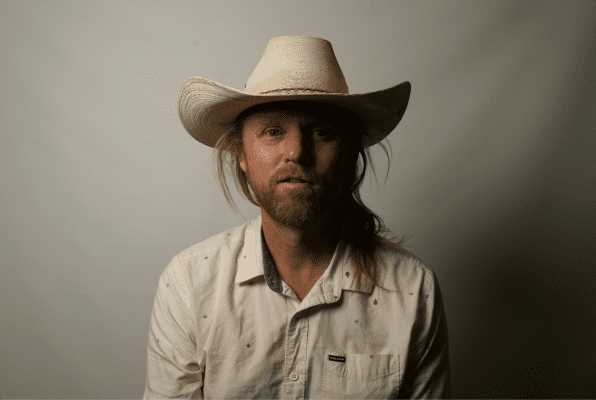
The beach will remain closed until further notice, officials announced Friday morning.
The U.S. Coast Guard is continuing its cleanup efforts. No new tar has washed up since Wednesday and 90 percent of it has been removed, according to Petty Officer Michael Anderson, but the LA County Department of Public Health wants all but a naturally occurring level of oil gone before opening the beaches.
“We want to return the beach to the way it was Wednesday,” said Anderson. “That’s our goal.”
That didn’t stop some surfers from paddling out Friday morning in El Porto in Manhattan Beach, near where the oil was first observed.
LA County Ocean Lifeguard Specialist A.J. Lester said they hadn’t arrested anyone for violating the ban.
Given the number of people ignoring the closure, he said, “We don’t want to inundate the local police departments.”
“They’re adults and can make their own informed decisions,” he said. “The last thing we want is for a family with small children going in without knowing” about the tar.
Skin irritation is one of the biggest risks, Lester said. He advised the public to ask a lifeguard before going in.
Officials didn’t have an estimate for when the beaches would be open, but said they would send out an update when they knew.
So far, they have picked up 40 cubic yards, or about three dumpsters full, of tar since Wednesday. Given that three quarters of that was picked up Wednesday, and only one quarter was picked up Thursday, Lester said he hoped they would be able to open the beaches in a “timely fashion.”
Representatives from the Coast Guard and lifeguards also couldn’t say when they would know where the oil came from. Two labs are comparing the South Bay samples with databases with millions of different oils, Anderson said.
“It’s like trying to match a fingerprint,” he said.
Samples were taken from the Chevron vessel currently sitting offshore in El Segundo and one that was there earlier.
The labs still haven’t determined if there was a match with those samples.
A spokesperson for Chevron, Rod Spackman, said Thursday that the company had checked its equipment and hadn’t found any leaks.
An expert from the National Oceanographic and Atmospheric Administration said Thursday that the oil was most likely from a non-natural local source, and not from the spill in Santa Barbara.
The Coast Guard tried cross-matching the samples with known natural seepages in the area and found no match.
However, both the NOAA expert, Doug Helton, and Anderson cautioned that nothing, including natural sources, could be ruled out.
There was a minor earthquake Tuesday, for example, which could have shaken some new material loose, Anderson said.
“We want to find the source so we have a chance to prevent if from washing up again,” said Anderson. “We’re not just cleaning it up.”









